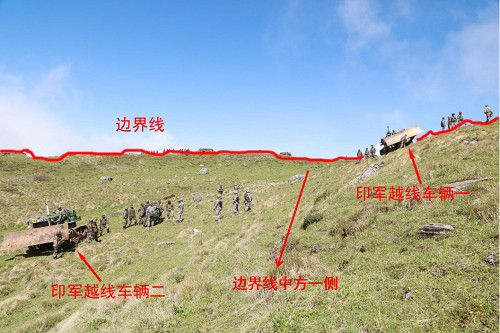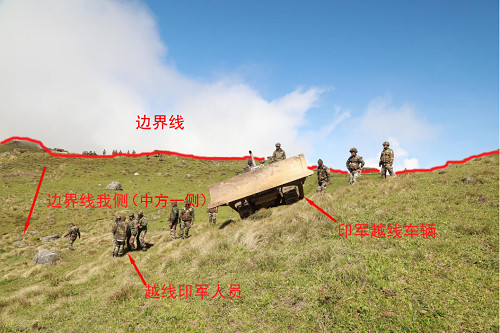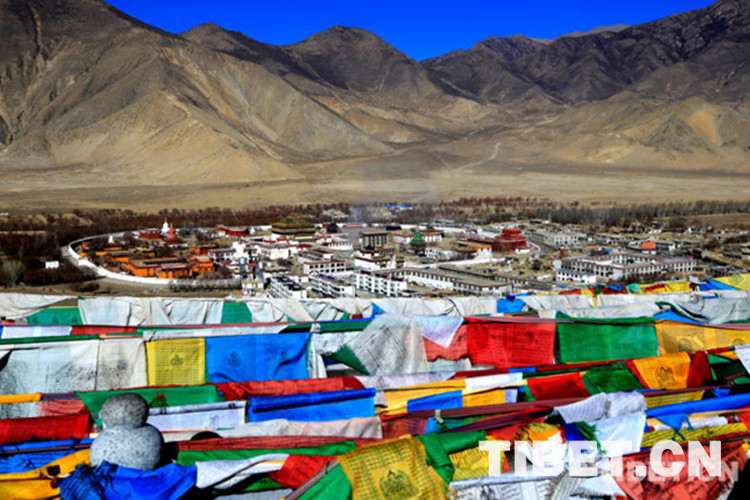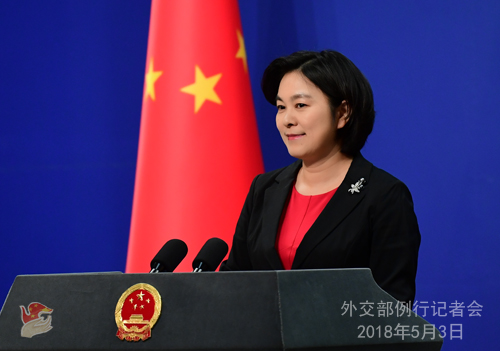Tibet receives officially-organized Indian pilgrims
The Nathu La Pass in southwest China's Tibet Autonomous Region on Wednesday welcomed the first group of officially-organized pilgrims from India this year.
In the following 12 days, the 38 pilgrims will travel to Mapam Yumco Lake and Mount Kangrinboqe, both sacred Hindu and Buddhist sites in Tibet's Ali Prefecture.
Anuj Gupta made the journey with his 66-year-old mother. "This is her dream, and mine too. This is a holy pilgrimage. I'm here to find something," he said.
This year, the pass is expected to see about 500 officially-organized pilgrims from India who will make the 2,874-km pilgrimage, according to Yang Zhigang, deputy director of the office of foreign affairs and overseas Chinese affairs in Xigaze City.
"The pilgrims will be provided with room and board, as well as medicines and other help in their journey," Yang said.
The Nathu La Pass sits over 4,000 meters above sea level and is wedged between Tibet's Yadong County in Xigaze Prefecture, and India's Sikkim State. It is the shortest land pass for trade between China and India, and also the highest altitude land pass for trade.
In 2015, the pass started to receive officially-organized Indian pilgrims. So far, 509 such pilgrims entered Tibet through the pass.
The pilgrims traditionally climbed over Qang La Pass, which is 5,200 meters above sea level on the China-India-Nepal border, to reach their destination. The road is steep and usually covered by snow.
Your Comment
Name E-mailRelated News
-
-

-
Commentary: Indian military's seven "sins" in trespassing into Chinese territory
On June 18, Indian border troops, carrying weapons and driving bulldozers, illegally crossed the boundary in the Sikkim Sector at the Duo Ka La (Doka La) pass and entered Chinese territory.
-
-
-

-
Truths about Indian troops' illegal entry into Chinese territory
The illegal crossing of a delimited boundary and entering the territory of a neighboring country violate China's sovereignty and territorial integrity, international law and basic norms governing international relations.
-







